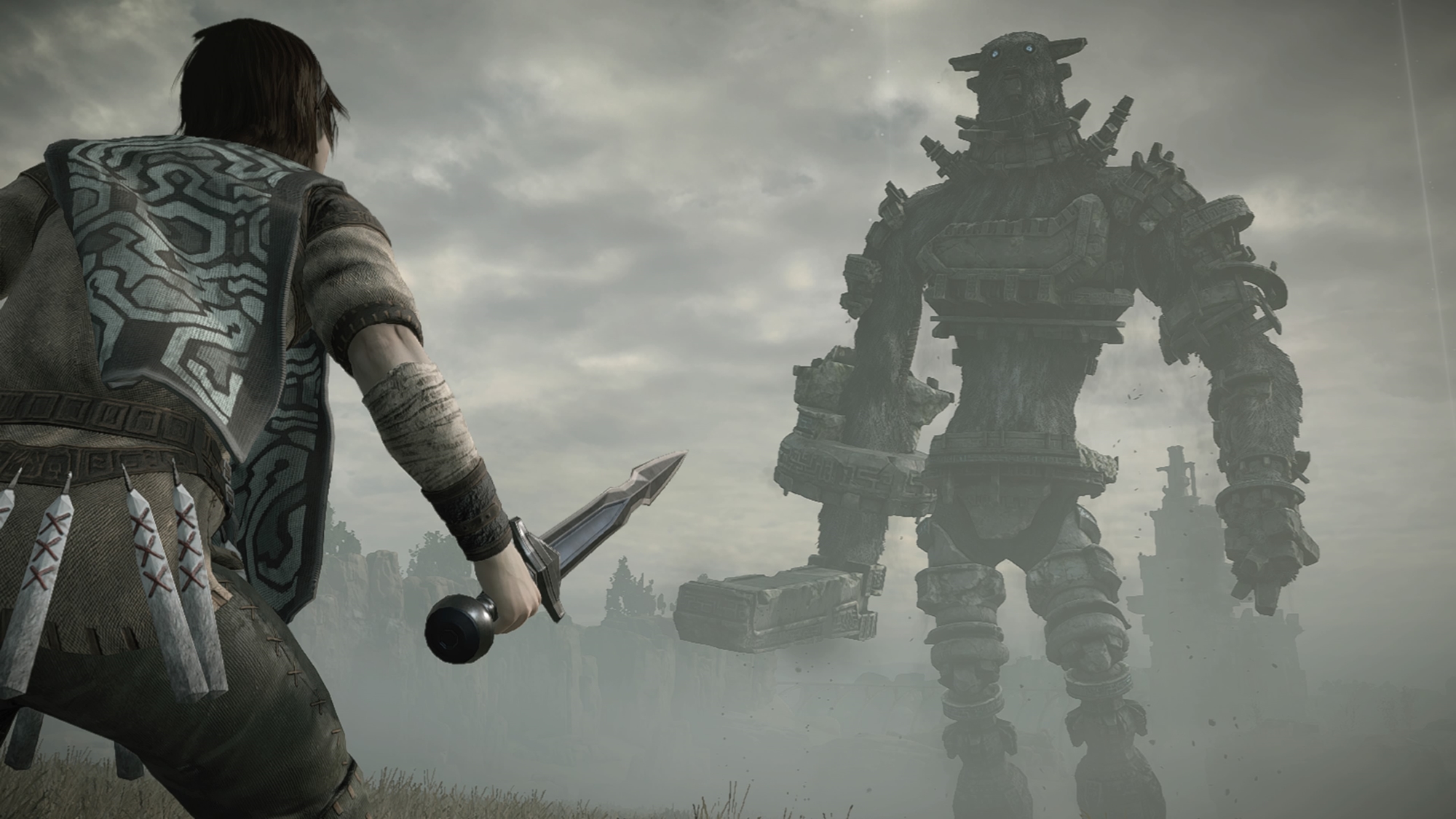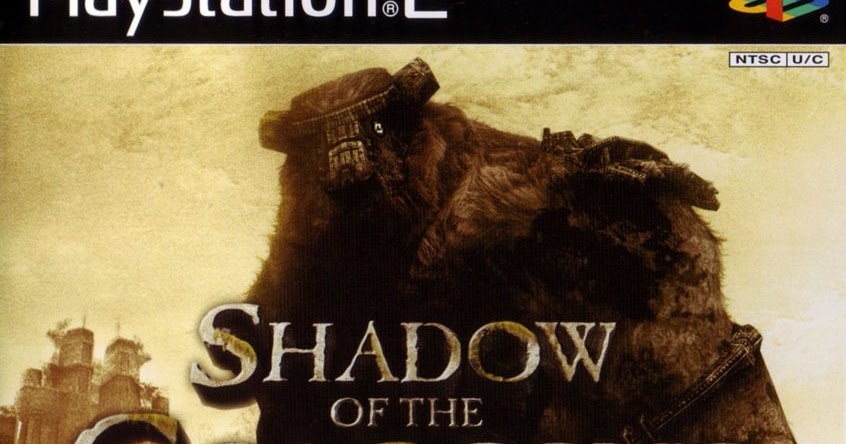


It's a straightforward setup, and Shadow of the Colossus never really drifts far from that simplistic but accurate summary, which no doubt some people will find frustrating when you consider the wealth of distractions that any open-world game will lay on for a player circa 2018. To this end he must kill the 16 colossi waiting for him out in the world, and so we venture out with his horse, Agro, in search of these mythical creatures.Ĭue exploration of the wider world culminating in a succession of battles against the eponymous colossi, each one a puzzle to be solved and an enemy to be slain. Wander, our stoic protagonist, has ventured into this long-abandoned place and is trying to revive Mono, bringing her back from the dead. The in-engine cutscene that opens the adventure is elegantly put together - slow, methodical, measured - and the scene is brilliantly set for our adventure. Its footprint might not compare to those of more recent open-worlds like, for example, Los Santos, and by modern standards it might feel empty or even lifeless, but this is a like for like copy and these Forbidden Lands still hold unavoidable clues as to their true origins. This remake is a thing of beauty, and the world that has been built to contain this adventure is as epic to behold as it is easy on the eye. The first thing we should mention, because it's the first thing that will strike you once you've started up the game, is just how stunning it is. And now, after playing it through on PlayStation 4 we have to say that, for the most part, the studio has done a fine job. Do you update, modernise, tweak and tinker, or do you respect the purity of the original vision and let it speak for itself when stood in the potentially harsh glare of unenlightened eyes? That was the task faced by Bluepoint Games, a studio known for its restorative work and which has taken extraordinary care in remaking Team Ico's PS2 original, rebuilding it from the ground up. When revisiting a game like Shadow of the Colossus, the greatest challenge that faces its curators is knowing what to refine for a modern audience and what to leave exactly as it once was.


 0 kommentar(er)
0 kommentar(er)
